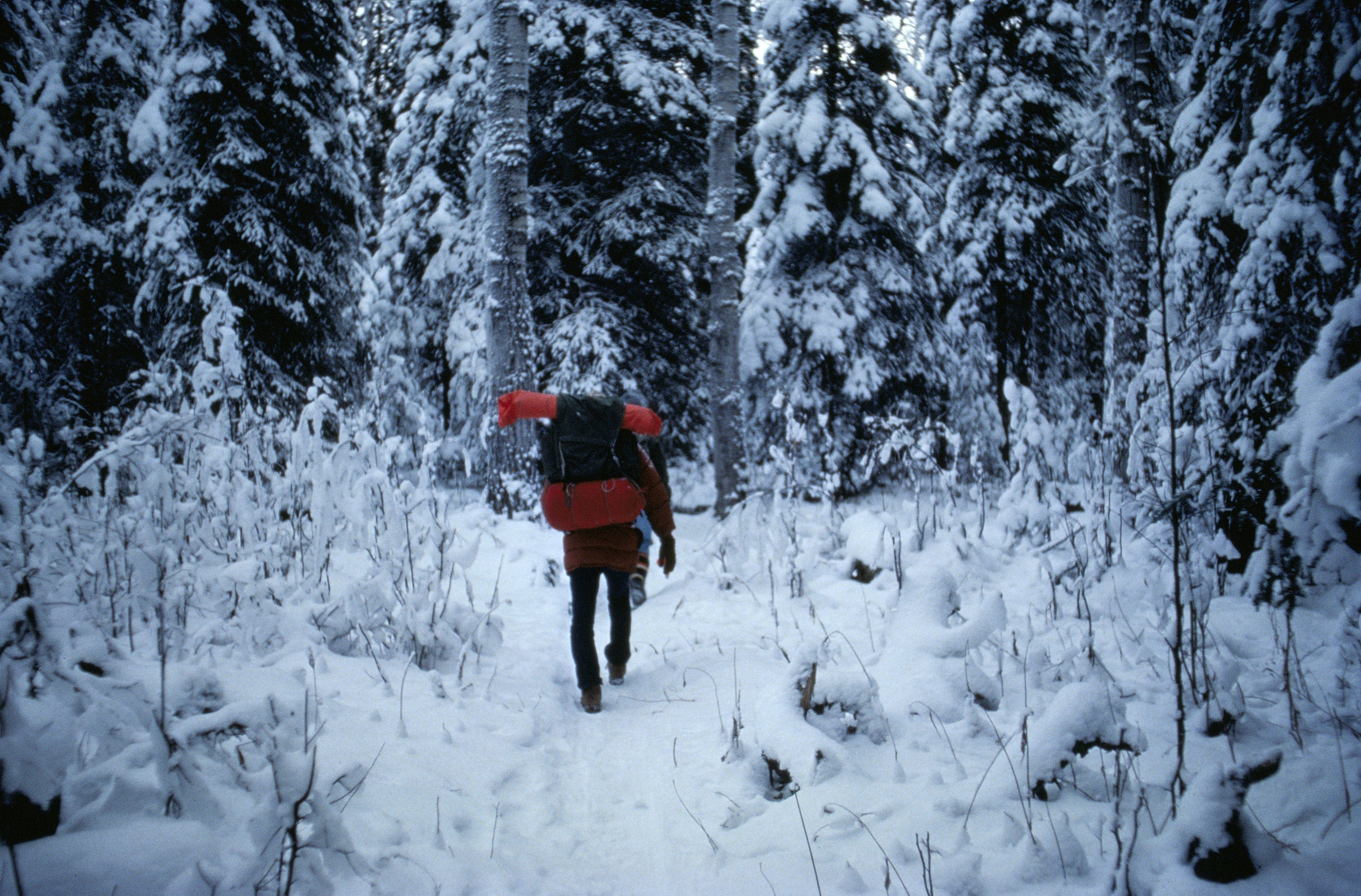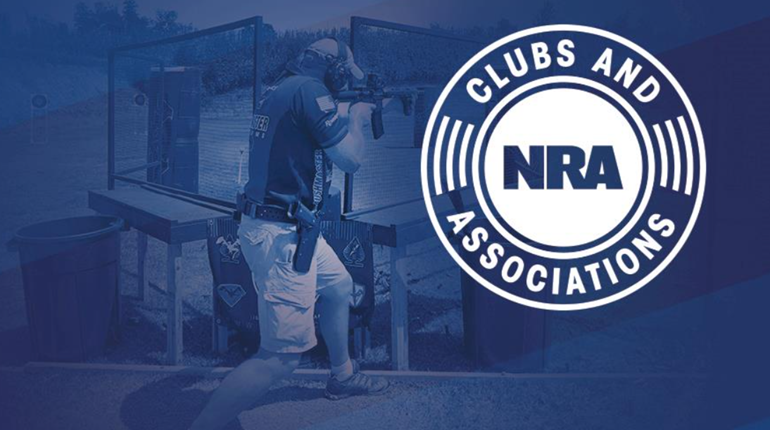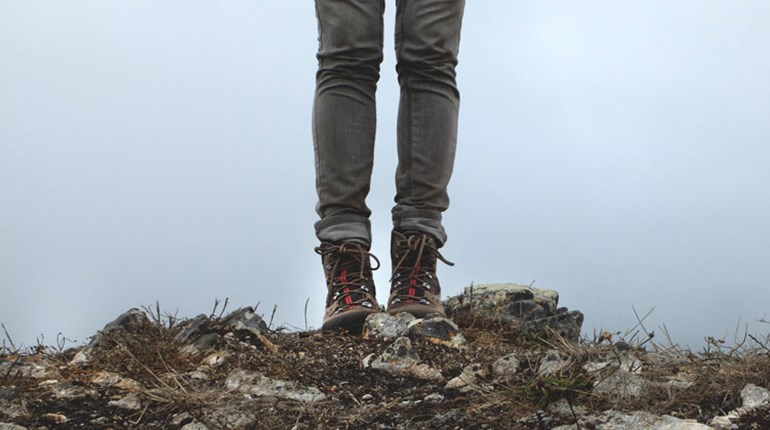
Backpacking is wonderful: It gives you the freedom to go further into the wilderness than a car could ever go and lets you experience nature in ways you never could while wearing a seat belt. When you backpack, you’re carrying everything you need to get by on your own two feet, so it pays to be smart about what you pack and how you pack it.
- Your wilderness backpack will comprise two parts: a bag or sack to hold your gear and a frame to hold the bag in position on your back.
- The first thing to figure out is your weight limit. The rule of thumb is that kids under 14 should carry a pack that weighs no more than 30 pounds, while older teens and adults can carry a pack that weighs 40 to 45 pounds.
- Keep in mind the terrain you plan to cover—a pack will feel heavier while you’re slogging up steep hills than it does in your driveway. High altitudes can also make you feel weaker than normal.
- If you’re a beginner, you should plan to spend three or four days getting used to your pack. Try wearing it around the house or walking up and down stairs with it.
- Another important consideration is how you distribute the weight in your pack. If it’s done right, there will be a constant flow of air between the pack and your back, which makes a huge difference in comfort. Pack lighter (but not fragile) items at the bottom of the sack. Medium-weight items should go on top of that, with the heaviest items near the top. Having the weight near the top of your shoulders and close to your body helps you support it evenly with your back, shoulders and legs.







































